A Traveler’s Guide to Nature, Culture & Sustainability. Learn how to protect Aruba’s environment, wildlife, and traditions while enjoying your visit.
Where to find them: Mangel Halto, Spaans Lagoen
Why they matter: Prevent erosion, filter water, and support marine life.
Do: Use designated boardwalks or join guided kayak tours
Don’t: Paddle through roots, litter, or trample plants
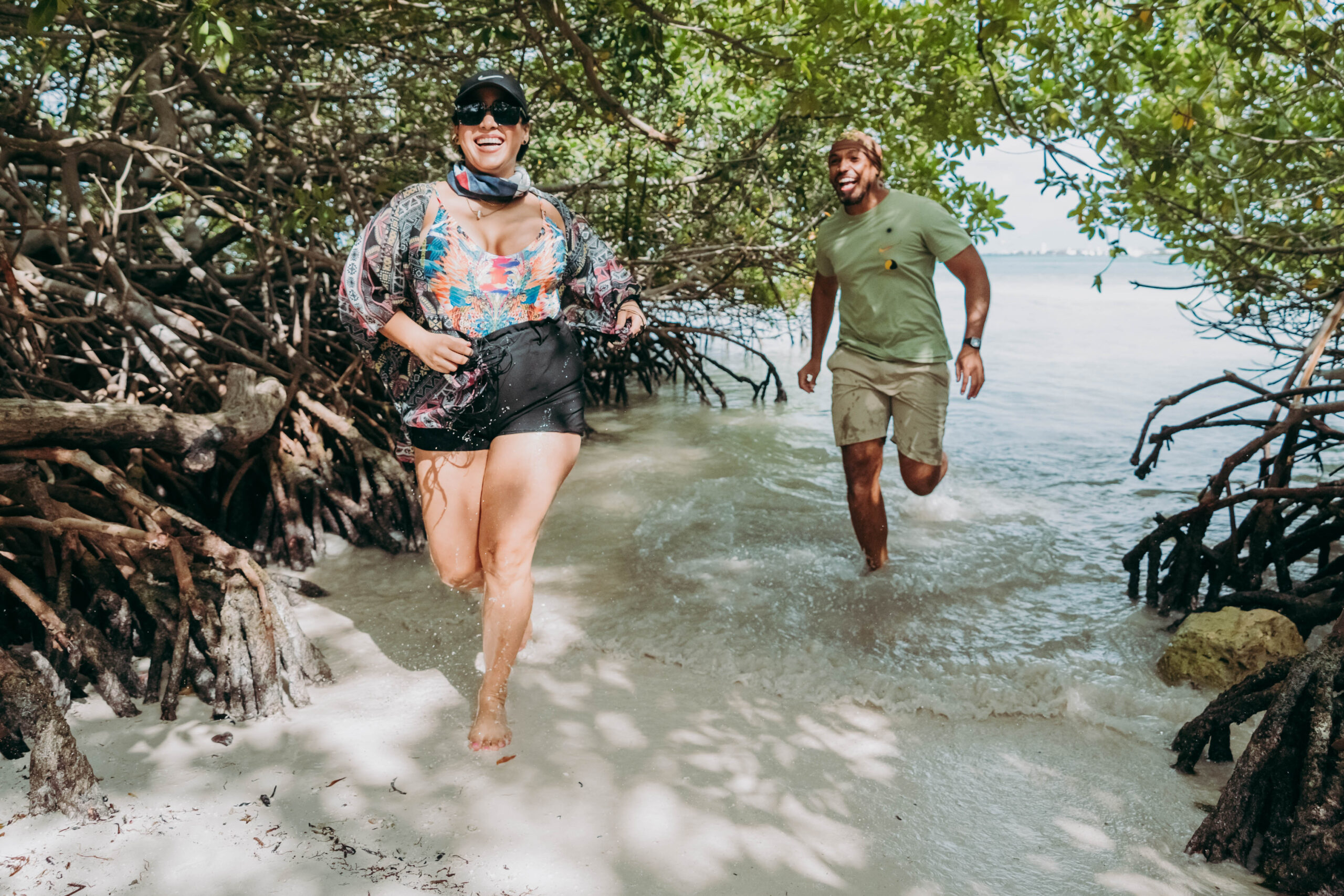
Rock stacking may seem fun, but in Aruba it’s discouraged because it harms the environment. These piles disturb small animals like crabs, insects, and geckos that rely on rocks for shelter. Removing or rearranging them damages their fragile habitats. Stacking also misleads hikers and goes against Aruba’s environmental guidelines. Please help protect the island’s natural beauty by leaving rocks where they are.
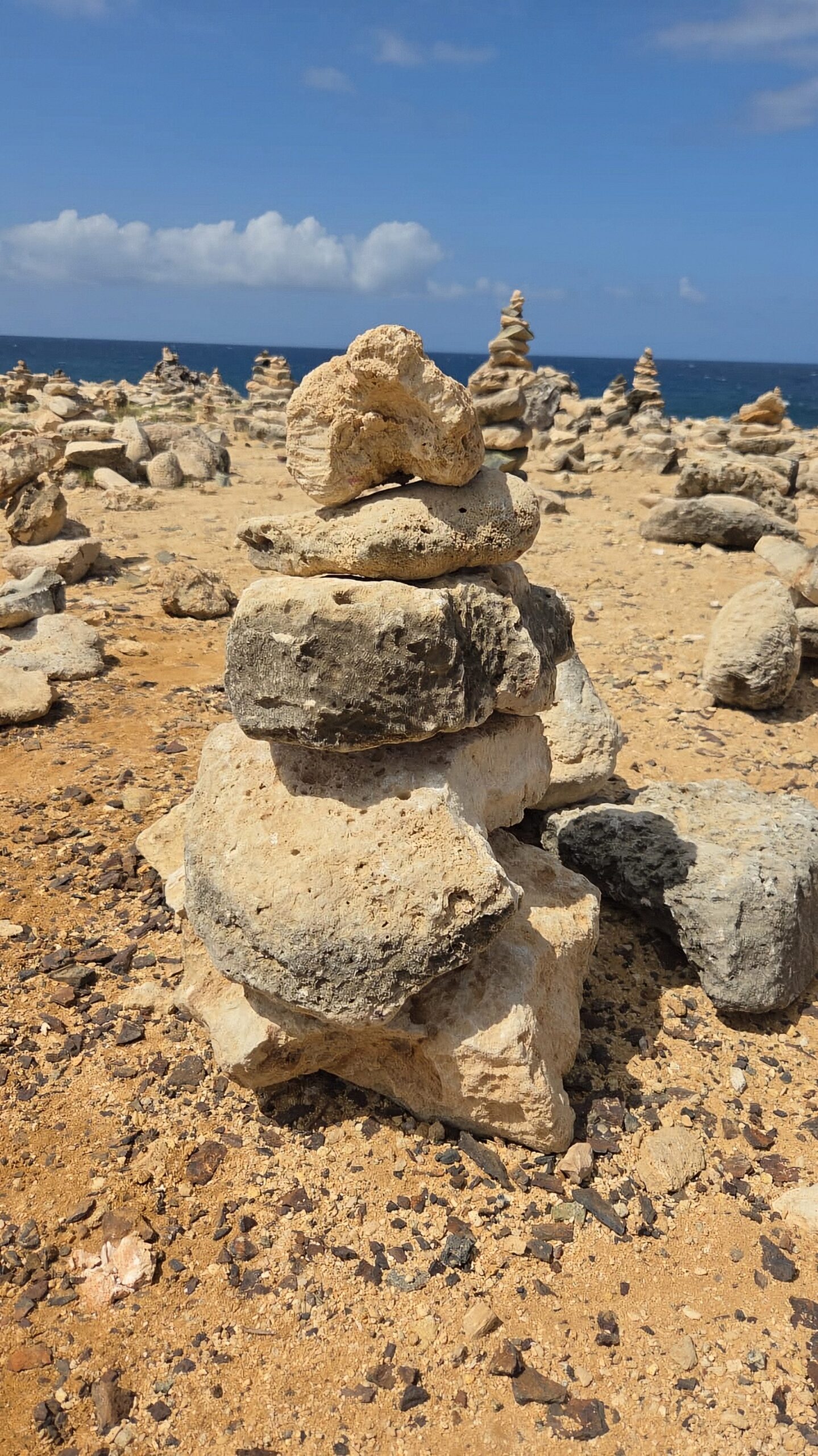
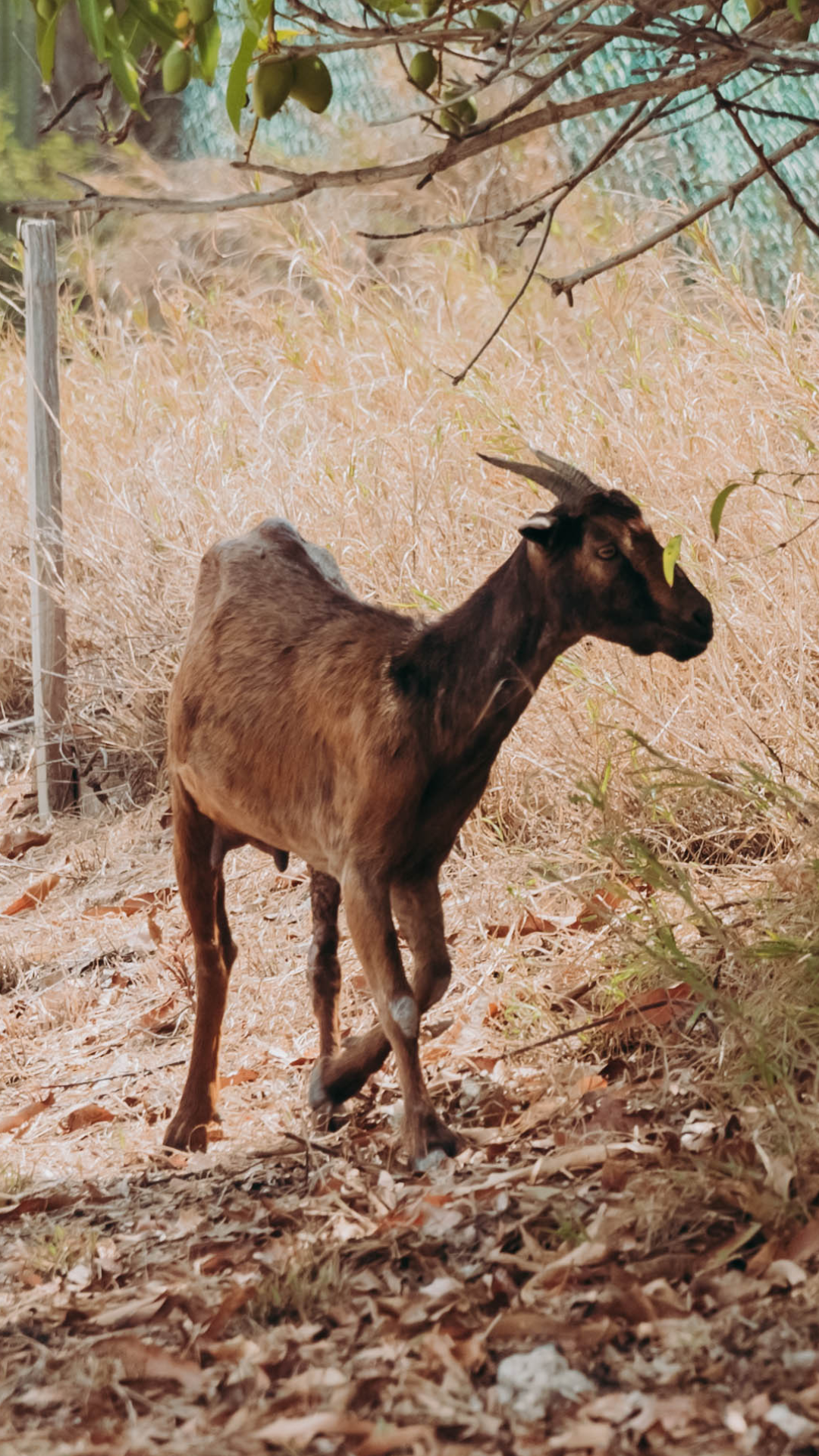
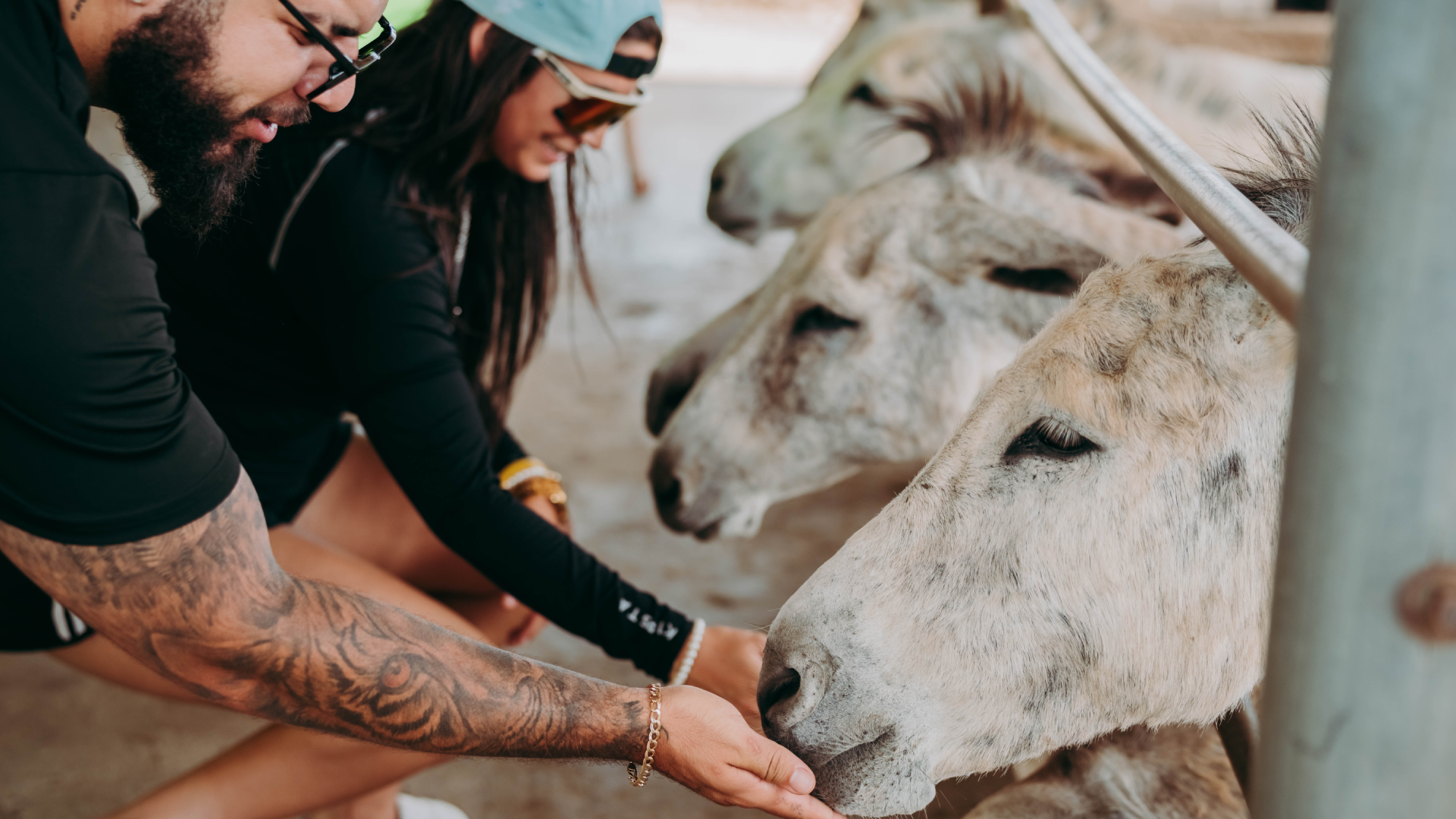
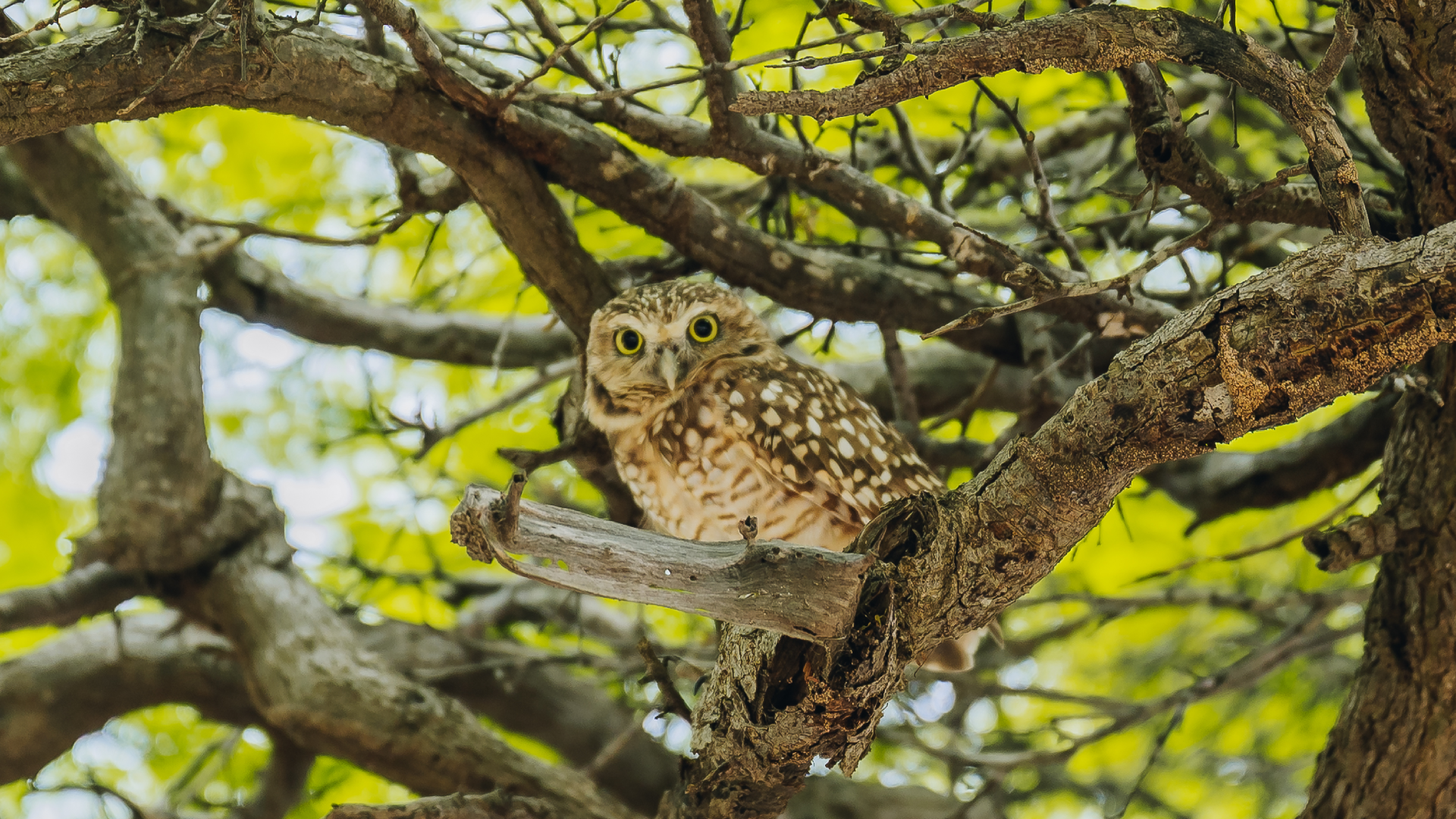
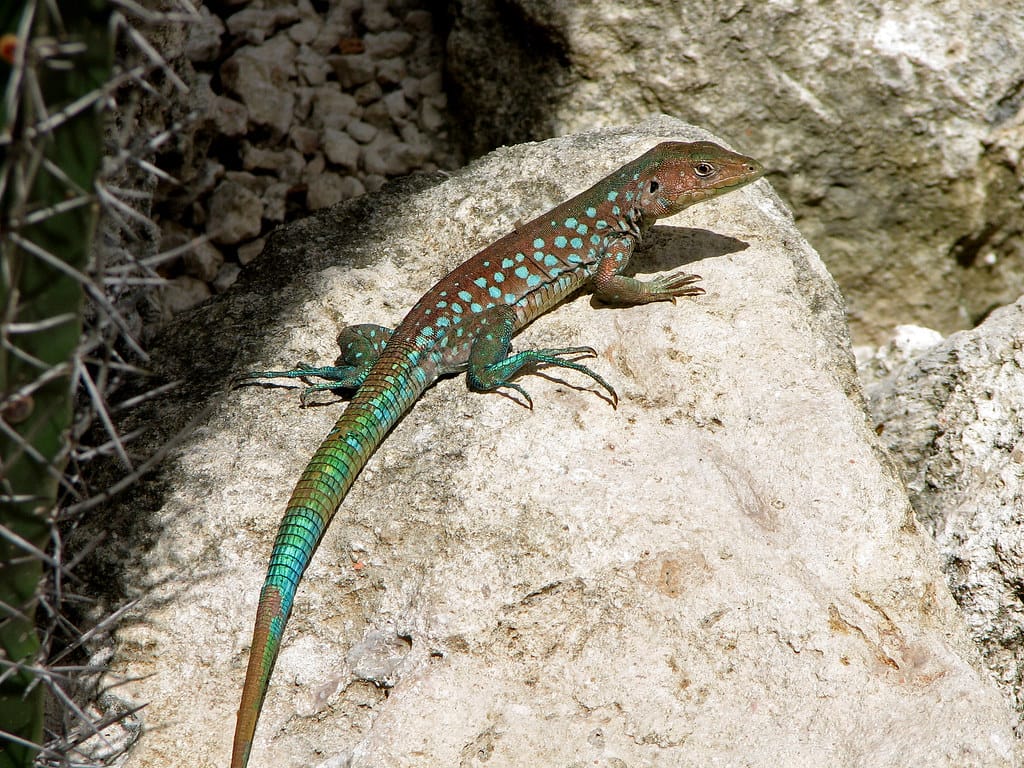
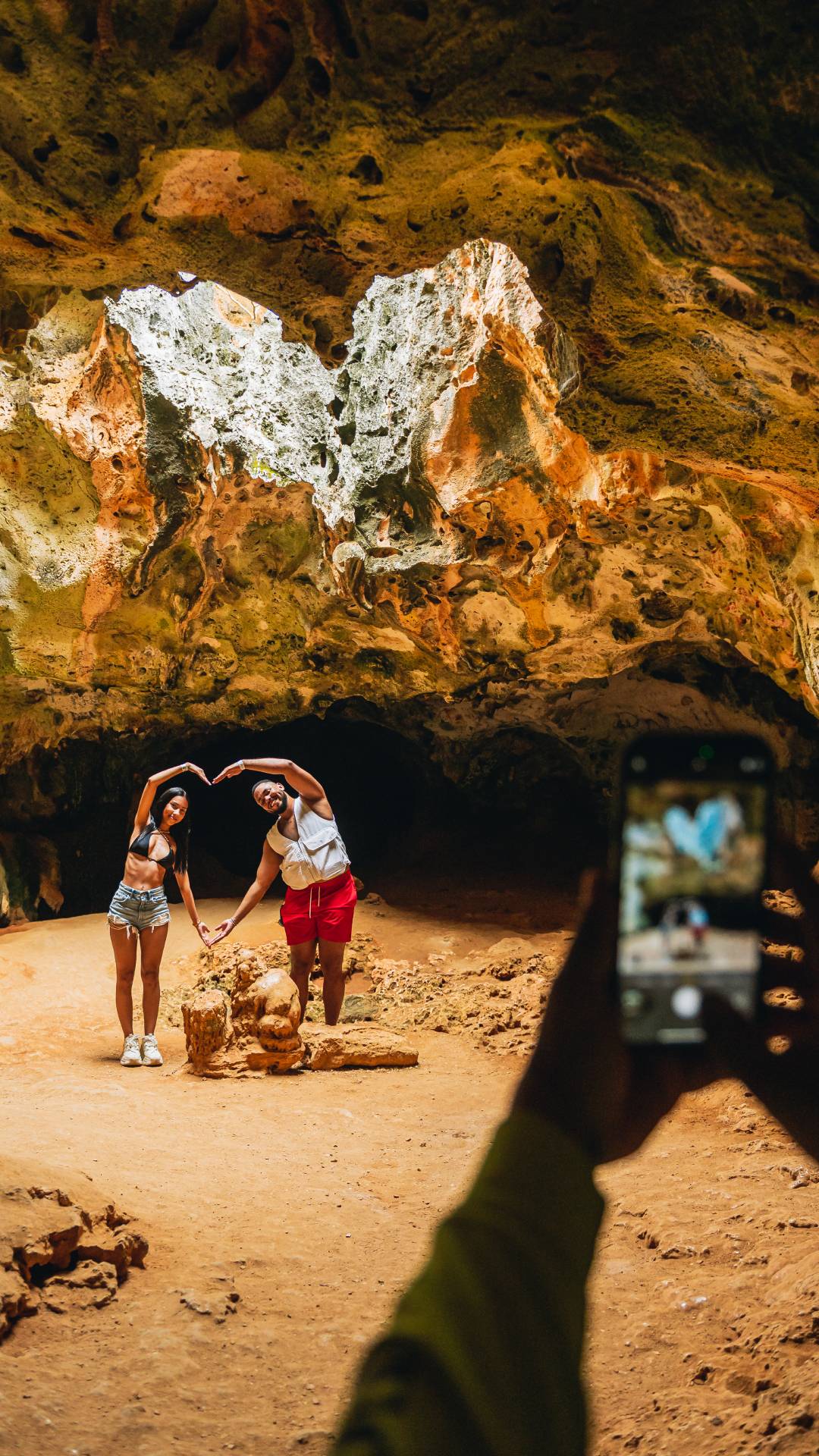
These iconic trees always point west due to trade winds.
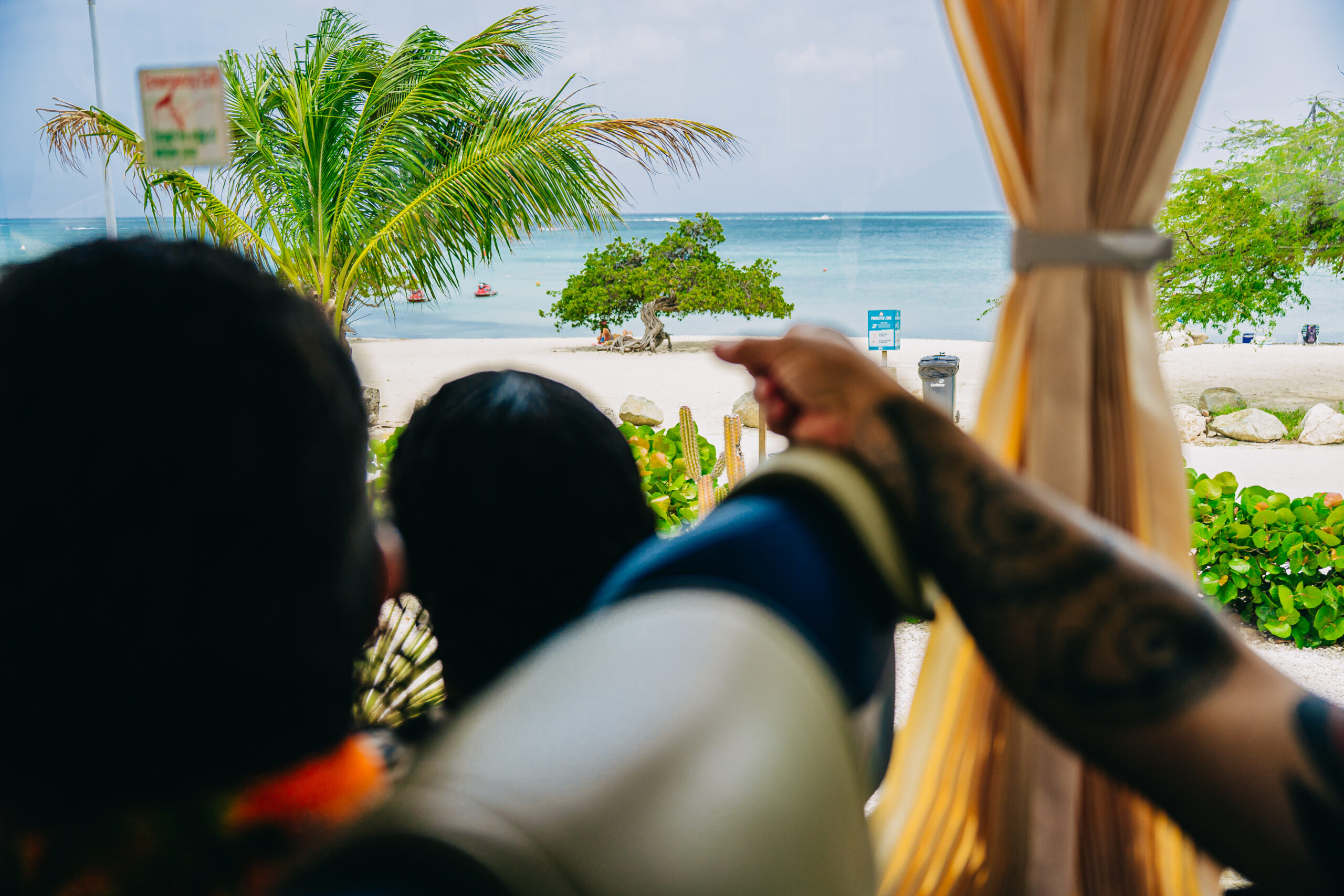
Taking sand, shells, or rocks from Aruba is illegal and harmful to the environment. Fines apply at customs. Take only memories, photos make better souvenirs.
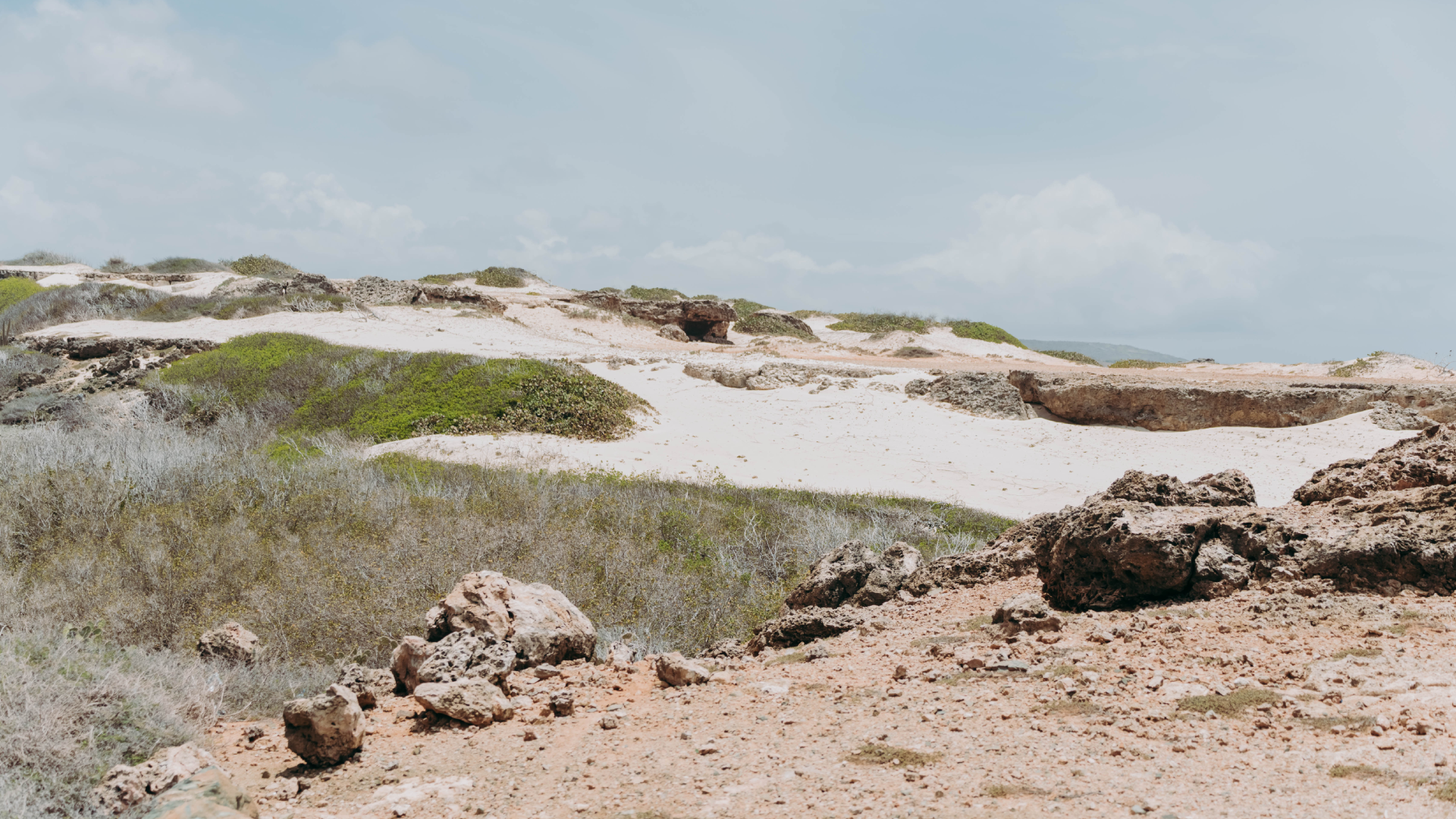
Aruba relies on energy-heavy desalination for its drinking water.
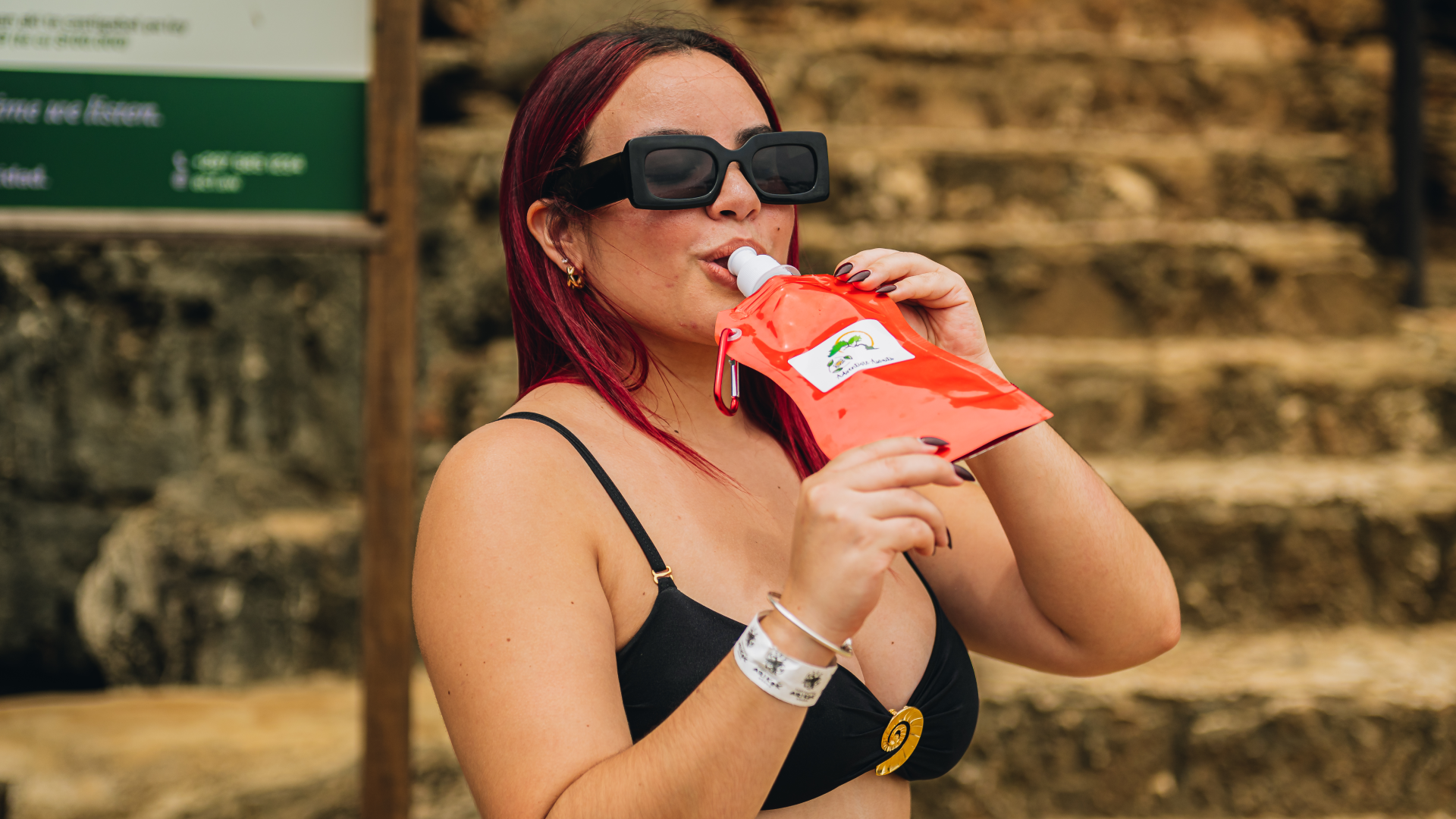
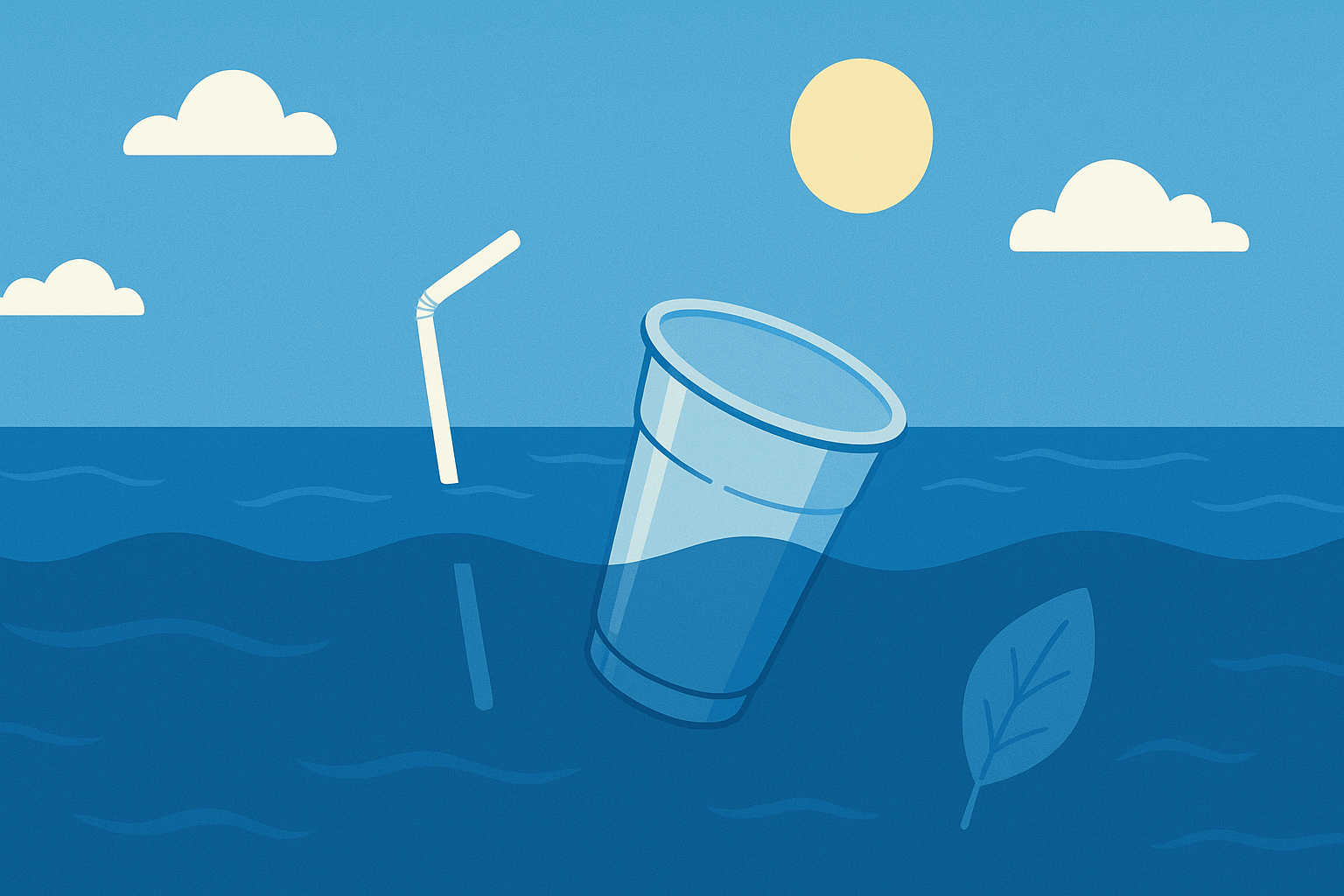
Due to the island’s dry terrain, wildfires are a serious risk.

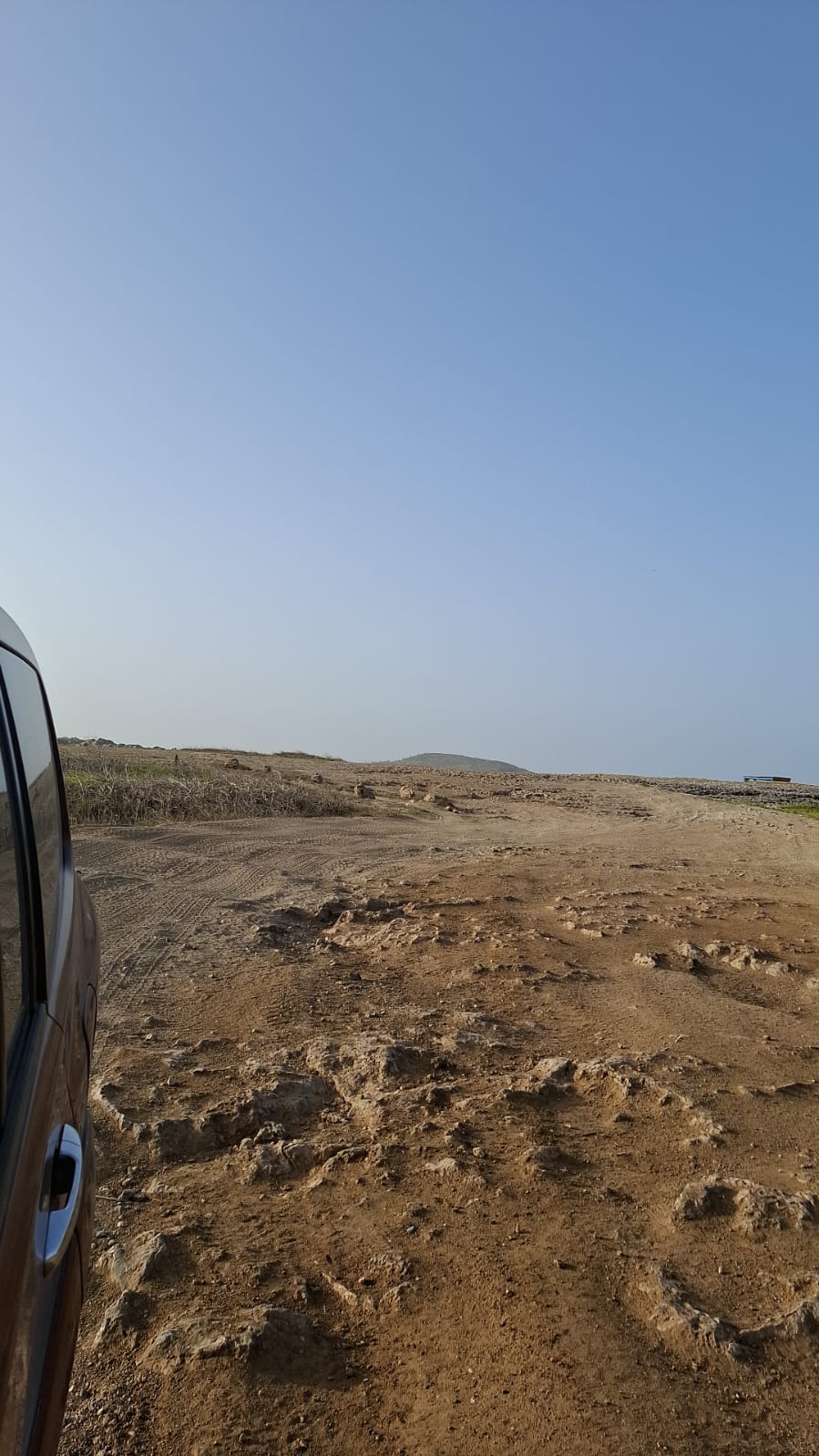
Aruba blends Caquetio heritage with Dutch and Caribbean influences.
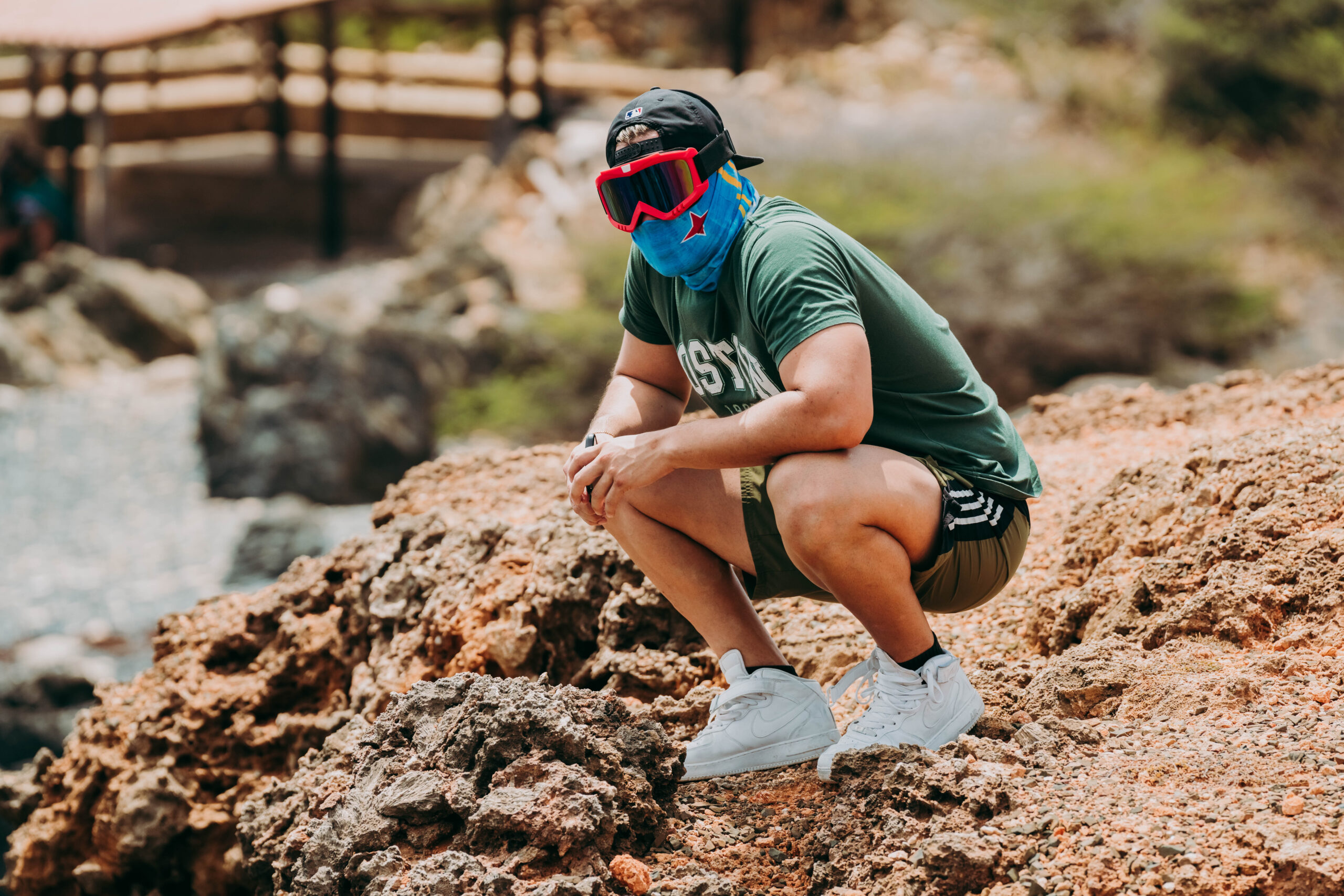
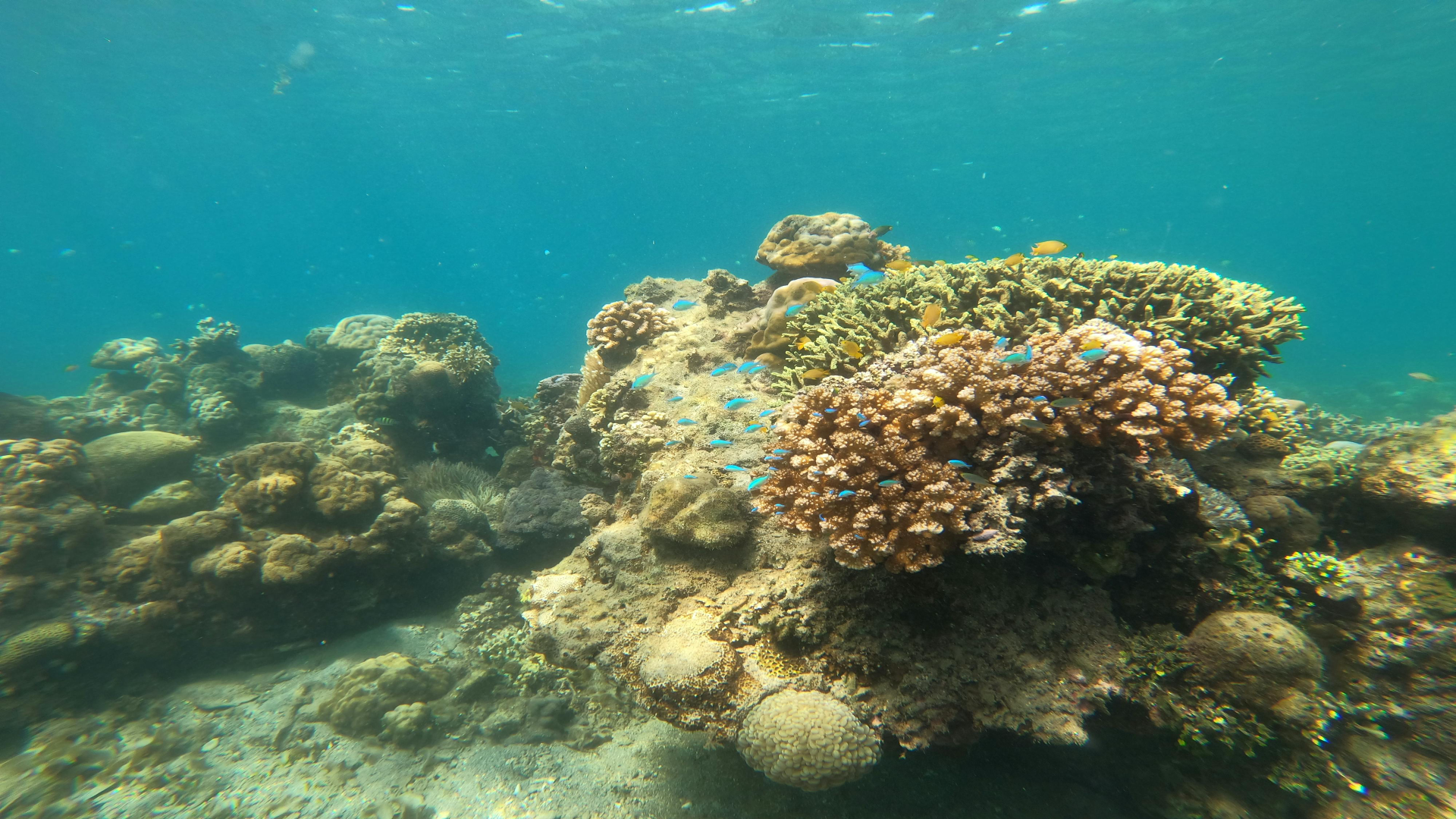
Nesting season: March to September
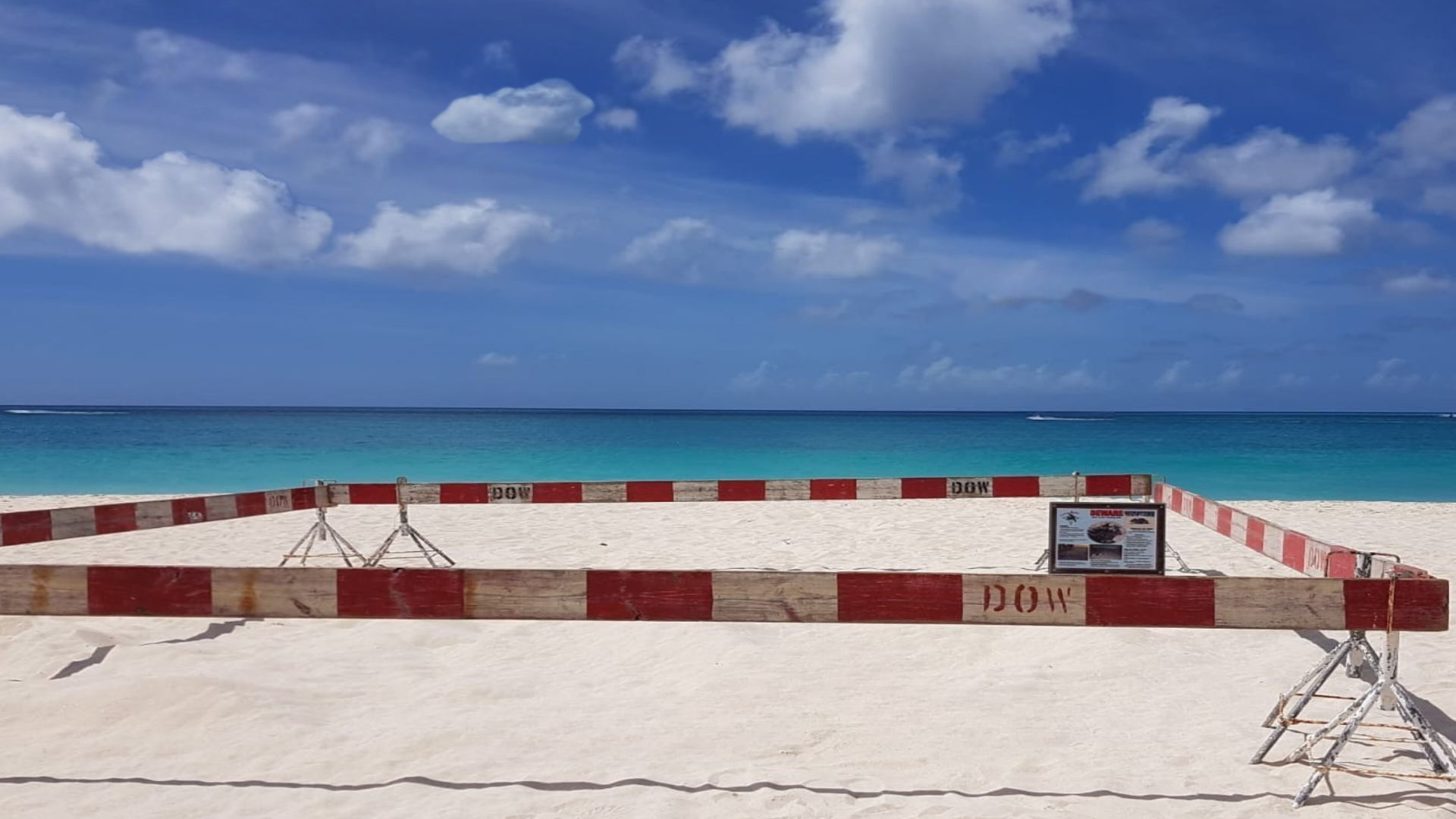
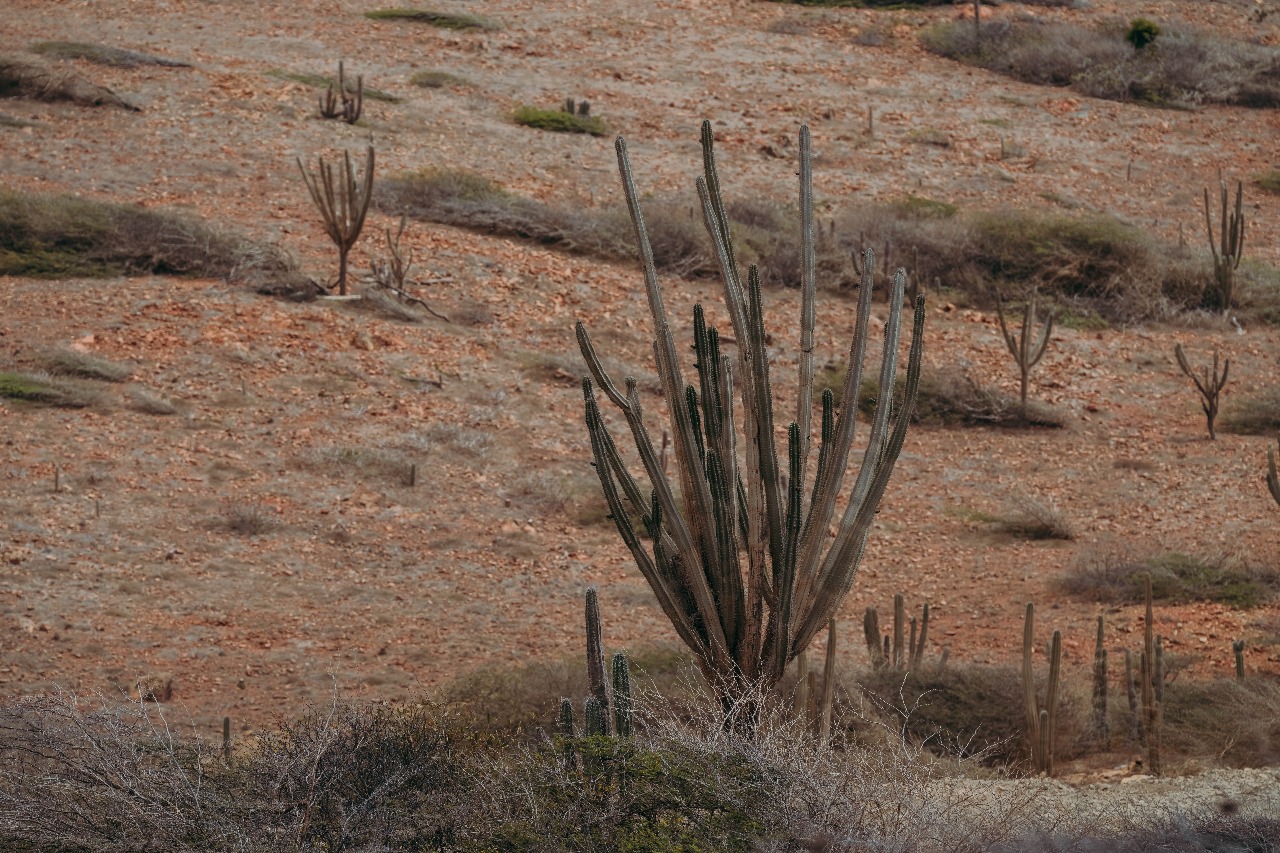
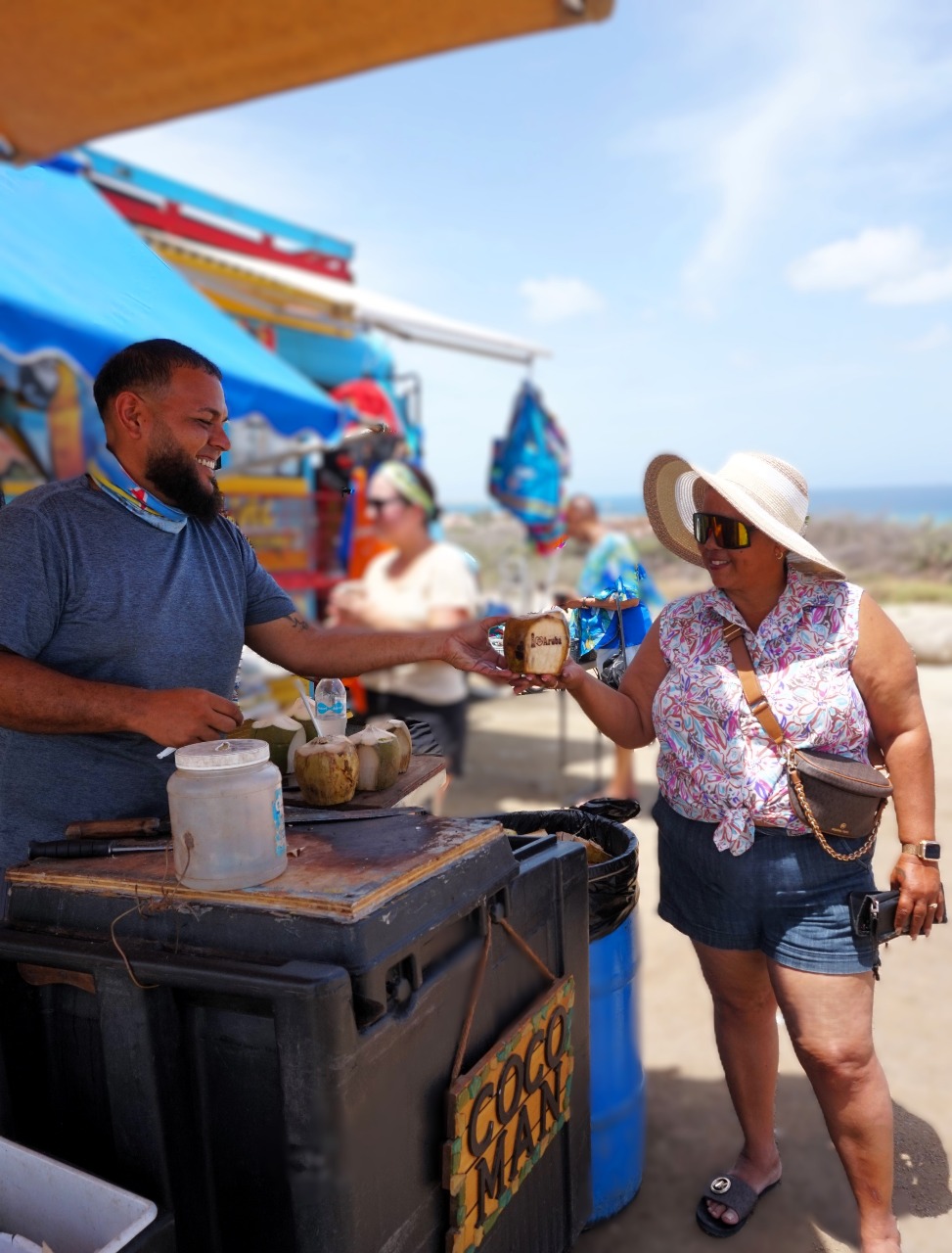
Every mindful action protects Aruba’s beauty for future generations. Thank you for exploring respectfully and helping keep this island paradise sustainable.